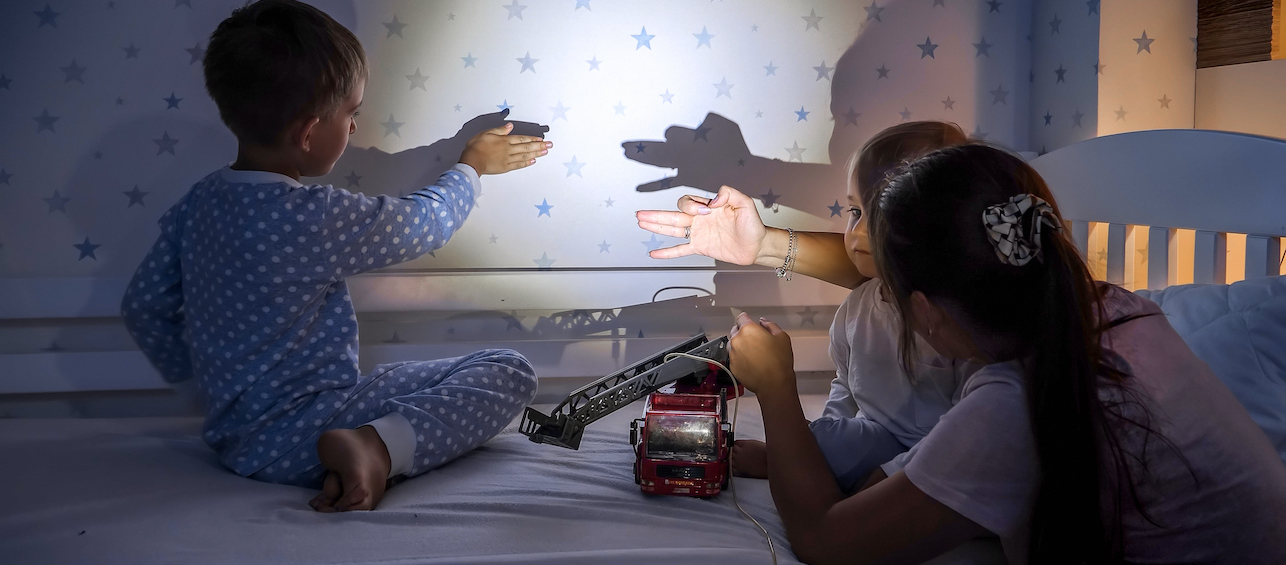Over the past couple of years there have been some trailblazers in the transgender community, helping to build awareness for this group of people. Transgender is an umbrella term for people who experience their gender differently from their gender at birth.
However, more awareness, education and understanding are needed because as we found in our most recent study, which was published in Suicide and Life-Threatening Behavior, transgender youth are at high risk:
- 30 percent report a history of at least one suicide attempt
- 42 percent report a history of self-injury, such as cutting
- 58 percent have at least one additional psychiatric diagnosis
Given the distress we see in our patients in the Transgender Health Clinic, we suspected that those numbers would be high, but there wasn’t much literature on adolescents to support our assumptions. So we set out to learn more.
Transgender youth experience gender dysphoria, which is feeling that your body does not reflect your true gender. This can often lead to depression, anxiety and even suicidality. In fact, 38% of our sample size had some form of depression and 27% had an anxiety disorder.
These patients say in clinic, “It’s not just that I want to be male, but that I am male.”
It’s beyond just being hard.
And we found a higher prevalence of suicide attempt in transgender males (or natal females transitioning to males). We know that in the cisgender (persons who identify with their natal sex) literature girls are more likely to attempt suicide than males, so there may be a genetic vulnerability there for natal females. More studies are needed.
We know that gender dysphoria is intertwined with feelings of body dissatisfaction. And as we continued to look at the data, we found that patients were more likely to have a history of suicide attempt if they also had a desire to change their weight. We think that weight is an indicator for how dissatisfied they are with the way that their gender is expressed, but we plan to study this further to confirm.
So what can families do with this information?
First, know the difference between gender expression and gender dysphoria. Gender expression is the way your child exhibits gender through clothes, interactions, and behaviors. For instance, if your son likes playing with dolls, that doesn’t necessarily mean that he is transgender. But if your son were to persistently say, “I am a girl,” a trip to a transgender clinic may help.
Second, because our research shows that transgender youth are at higher risk for suicide, self-harm and psychiatric problems, seek help for your child sooner rather than later. We know that the treatment for gender dysphoria is gender affirmation (affirming the child’s gender identity), and the transgender clinic can provide services for not only the patient, but the family members as well.
Third, even if your children identify with their natal gender, you can help spread understanding and awareness by becoming more educated on the topic. More information about gender variance can be found here and here.
If you are concerned about a loved one’s safety, please visit our Suicide Prevention page.





